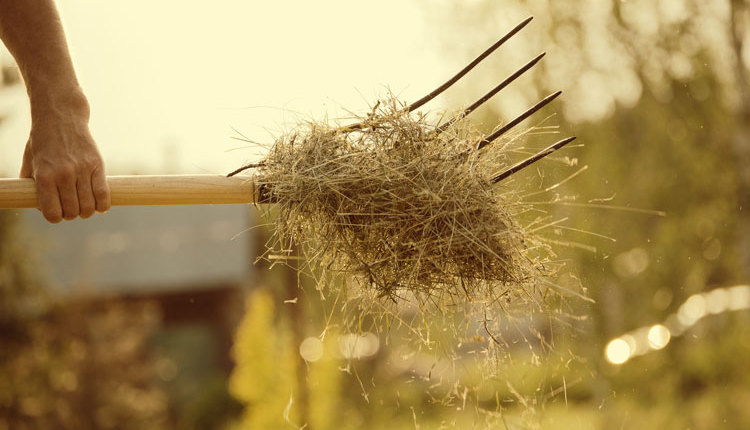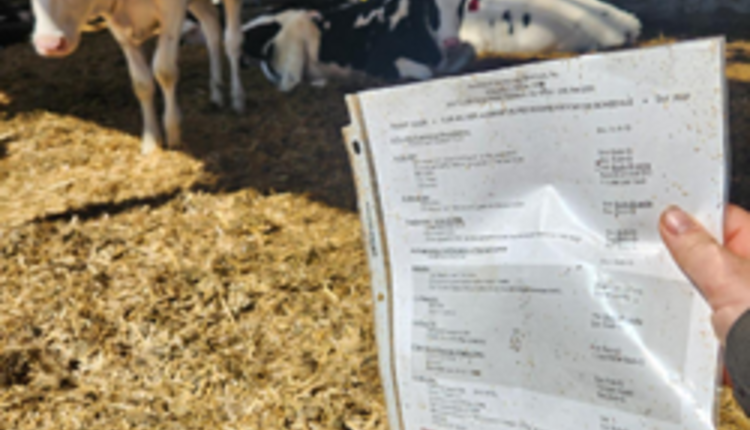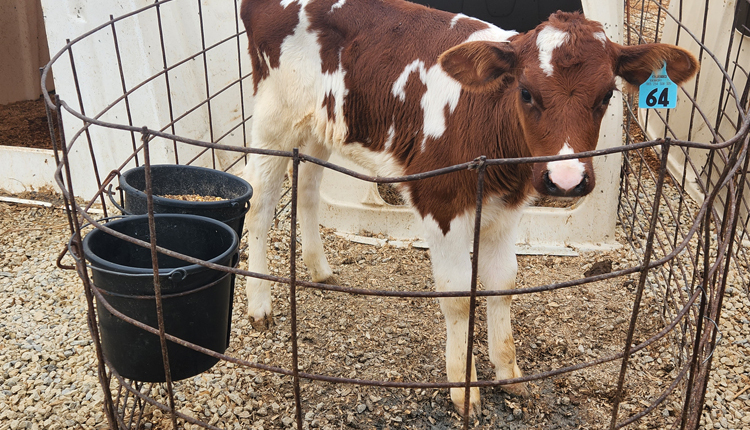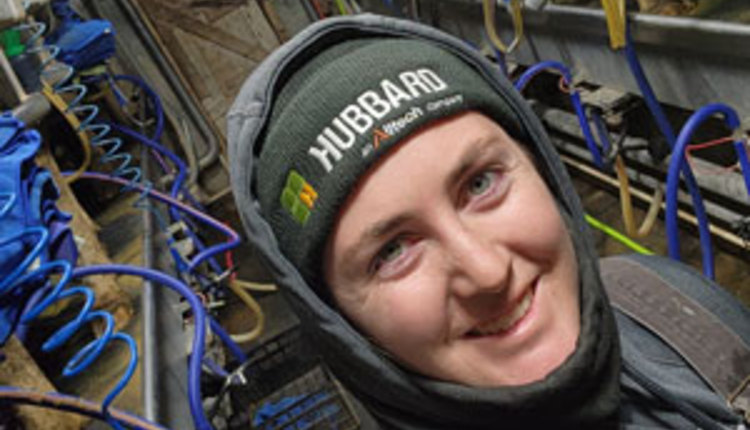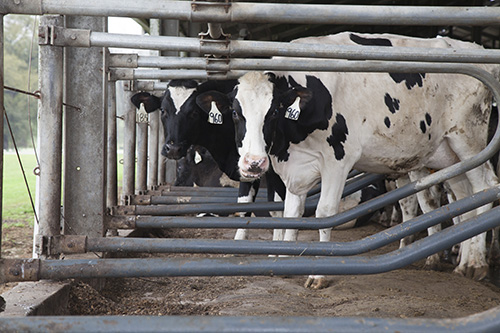
"Our industry must recognize that, for some farms, a trade-off will occur between economics and welfare," the president of the William H Miner Agricultural Research Institute wrote in a recent Miner Institute Farm Report.
Stocking density has been an area of intense study among dairy researchers, and much study and discussion has taken place in an attempt to determine the optimal number of cows to place in a pen. Generally speaking, it is agreed that too many cows in a freestall barn, bedded pack, or open lot is detrimental to cow well-being and production.
Recently, scientists from the University of Florida and the Netherlands designed a model that assessed the economics of various stocking densities between 100 and 150 percent. They found that a stall stocking density of about 120 percent was the best fit.
In discussing this research, Grant was quick to indicate the importance of weighing stress on the cows caused by additional animals in the pen to economic benefits of a higher stocking density.
"Each additional cow added to a pen generates revenue, but also comes with variable costs such as feed, supplies, and labor," he said.
Additionally, dairy farmers must consider at what point lying time is affected in a herd. In his analysis of other stocking density research, Grant explained that lying time is always reduced when pens are stocked beyond 120 percent. However, from 100 percent to 120 percent, studies show highly variable results. Some farms can handle more cows per stall while other facilities do not do as well.
It is the responsibility of management to find that best fit on each operation, weighing both animal welfare and economics.

The author is an associate editor. She covers feeding and nutrition, youth activities and heads up the World Dairy Expo Supplement. Maggie was raised on a 150-cow dairy near Valley Center, Kansas, and graduated from Kansas State University with degrees in agricultural communications and animal sciences.





